8 villages near the border that are worth visiting
These villages close to the border will seduce you for their historical, natural and gastronomic richness. Discover eight destinations you must visit.
Portugal has a land border of about 1200 kilometers, known as “Raia”. In this “line” it is easy to find towns near the border with Spain that have already been the scene of conflicts, unions and disputes. With privileged locations (high spots) and a rich and historic heritage, where there are a lot of walls, castles and forts, here you will be able to practice “portuñol”, witness customs that are an interesting mix of both countries and hear present and past stories, from this world and the next. The stunning natural landscapes will always be around, as well as a gastronomic offer that will conquer you – if nothing else – by the stomach.
Join All About Portugal on this journey through villages in Portugal, right next to the border with Spain.
Vila Nova de Cerveira
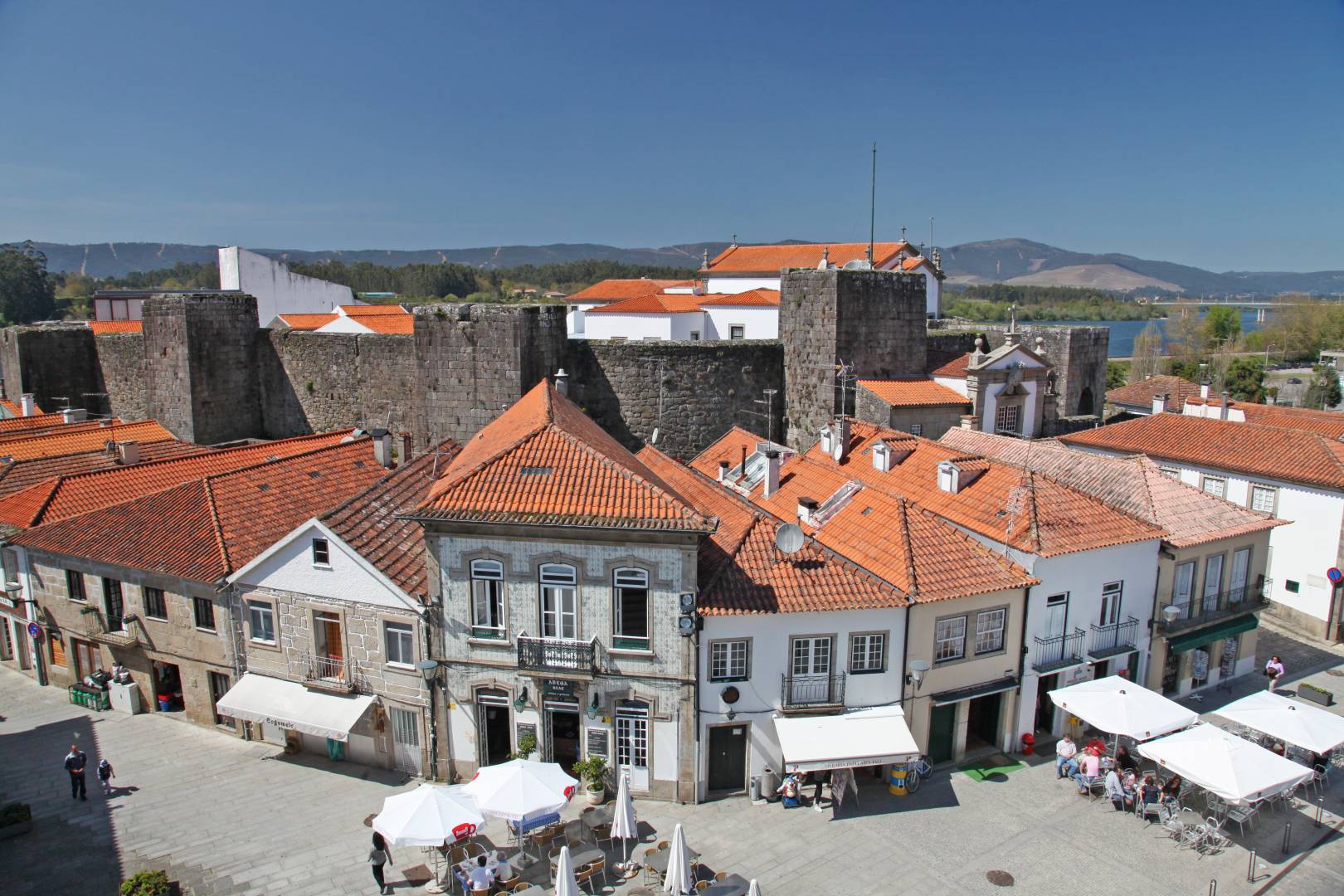
With the River Minho separating it from the Spanish neighbor Góian, this village is located in a region of great natural beauty and several buildings testify to its historical richness: the Cerveira Castle, the walls, the cave engravings or the typical Minho manor houses, mirror of local economic power over the centuries. It is also on the route of Contemporary Art, thanks to its internationally renowned Plastic Arts Biennial, which earned it the nickname “Arts' Village”. One of its hallmarks is the Sculpture of the Deer, by José Rodrigues dos Santos, located at the Miradouro da Encarnação, which honors the iconic animal that gave the land its name (because of the huge colony of deer that lived here). Don't miss the local gastronomy, influenced by the river, where the stars are lamprey, mullet and shad.
Ponte da Barca
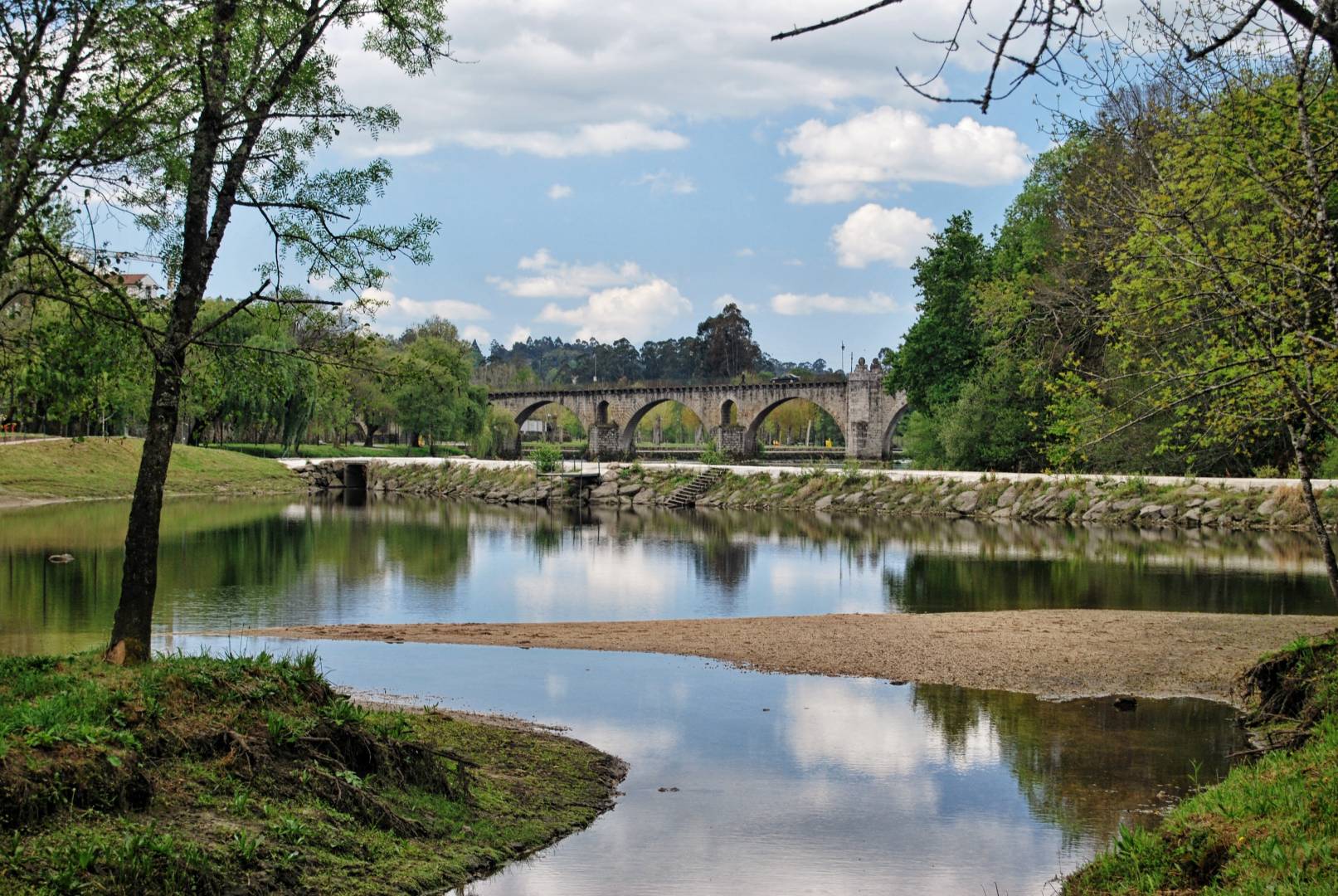
If you're a nature fan, don't miss out on one of the country's most picturesque border towns. Surrounded by the Peneda-Gerês National Park and with a rich historical and cultural heritage, you will quickly feel at home thanks to its welcoming people and its regional gastronomy where there is a lot of green wine, "Sarrabulho", Serra Amarela's Goat, Barrosã Meat, Lamprey, Shad and Trout. Explore the verdant nature of Minho: there are countless lakes, waterfalls and trails to discover. If you prefer something less adventurous, but just as surprising, stroll along the riverside of one of the most welcoming villages in Portugal.
Montalegre
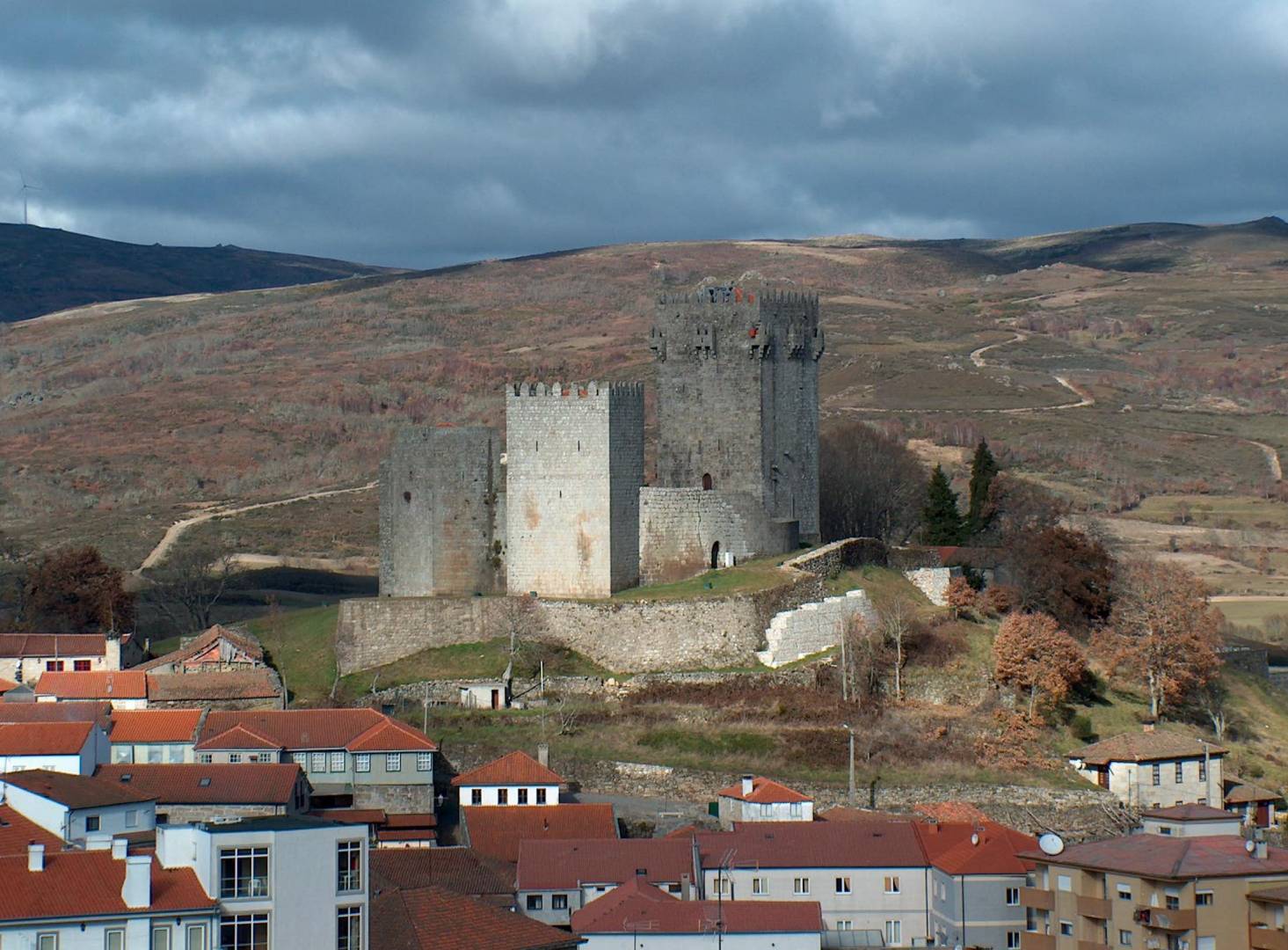
Located in the heart of the Peneda-Gerês National Park between the mountains of Gerês, Barroso and Larouco, here Nature in the wild imposes itself and creates dream scenarios, in a territory that maintains the villages of Portugal charms of the past. Venture down the most challenging trails, dive into paradisiacal waterfalls – such as Poço Verde do Gerês – and don't miss the most famous Friday the 13th in Portugal, where there are plenty of entertainment, fireworks and… a lot of witchcraft! The Congress of Popular Medicine, in Vilar de Perdizes, which usually takes place in September, also attracts many fans of the “occult” and alternative medicine. Smokehouse and Barrosã meat are the big stars of Montalegre's gastronomy and will work magic on your taste buds.
Figueira de Castelo Rodrigo

This border village, in the district of Guarda, is surrounded by an intense natural beauty, whose high point happens in the months of February and March, with the natural spectacle of the “Blossom Almond Trees”. The region also has, since 2010, the first private protected area in the country, the Faia Brava Reserve, where various tourist activities of high environmental/cultural interest can be carried out. In addition to the natural wealth, explore the built heritage nearby, where the village of Castelo Rodrigo stands out, one of the most beautiful Historical Villages in Portugal, distinguished as one of the 7 Wonders of Portugal – Authentic Village.
Almeida

Still in the same district, this is another of the villages in Portugal not to be missed! Between the plains and the depths of the Côa River Valley, Almeida is surrounded by a hexagonal-shaped defensive polygon of walls that constitute a rare example of military architecture, a mirror of its historic defensive vocation over the centuries. Today, some buildings bear witness to this warlike vein, which began in the Bronze and Iron Ages and culminated in the Second World War: among them is the Military Historical Museum of Almeida and the Center for Studies in Military Architecture of Almeida – CEAMA, the Picadeiro D'el Rey and Memorial to Refugees and Consul Aristides de Sousa Mendes. One of the villages near the border that tells, like no one else, the history of Portugal.
Marvão
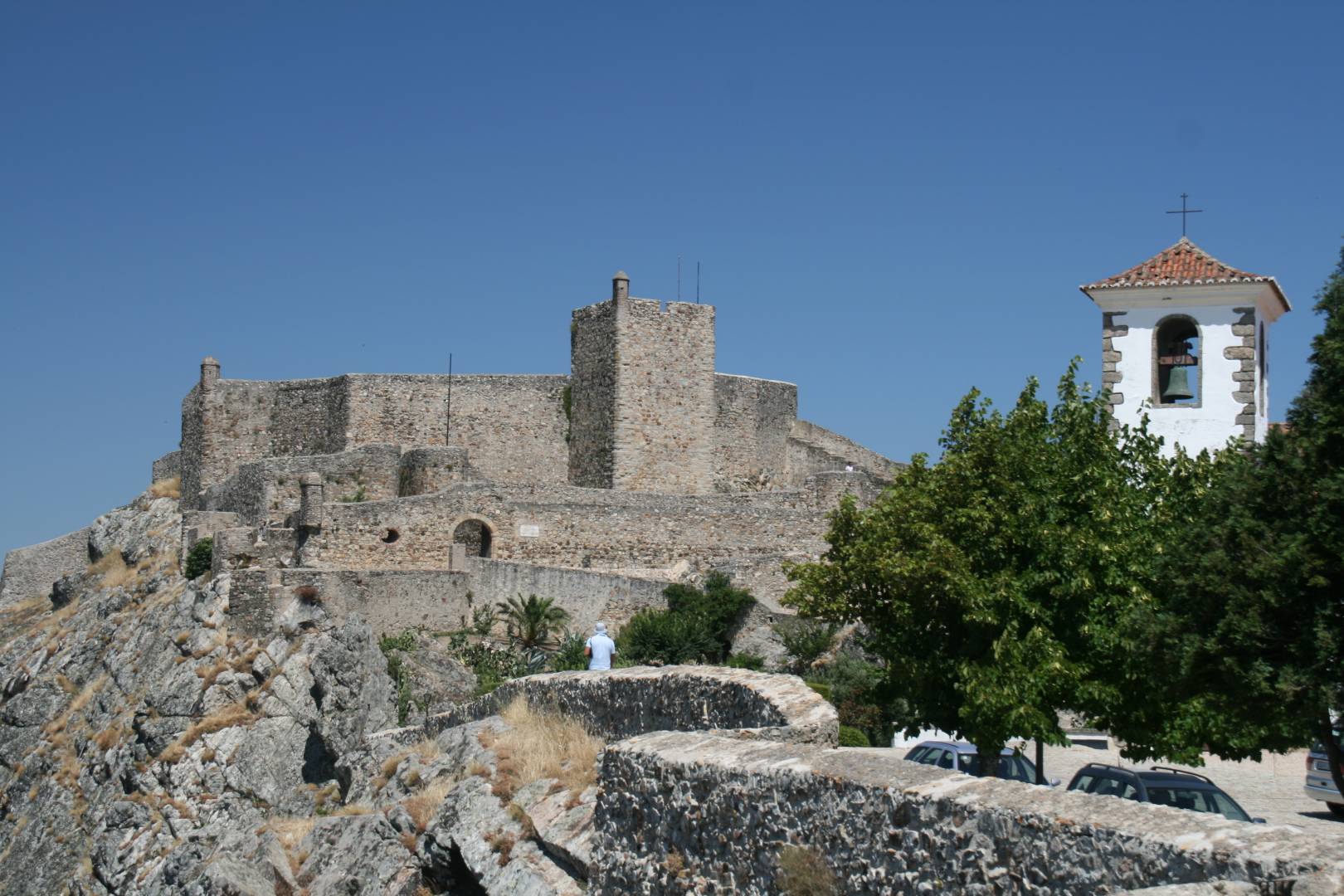
The Alentejo mountainous area is still an undiscovered secret for most. And one of the main reasons to visit Marvão – one of the villages close to the border that resembles a fairy tale – is the impressive views over the region. Located at the highest point of Serra de São Mamede, within the walls of this quiet Alentejo village, you will find traces from various eras: from popular Alentejo architecture, to Gothic arches or Manueline windows. In addition to the castle, you can also visit buildings of historical interest such as the Church of Santiago, the Renaissance Chapel of Espírito Santo or simply enjoy the most beautiful panoramic views, while venturing into the delicious Alentejo cuisine at the Torre de Menagem and at the Pousada de Santa Maria, an adaptation of two village houses.
Castro Marim
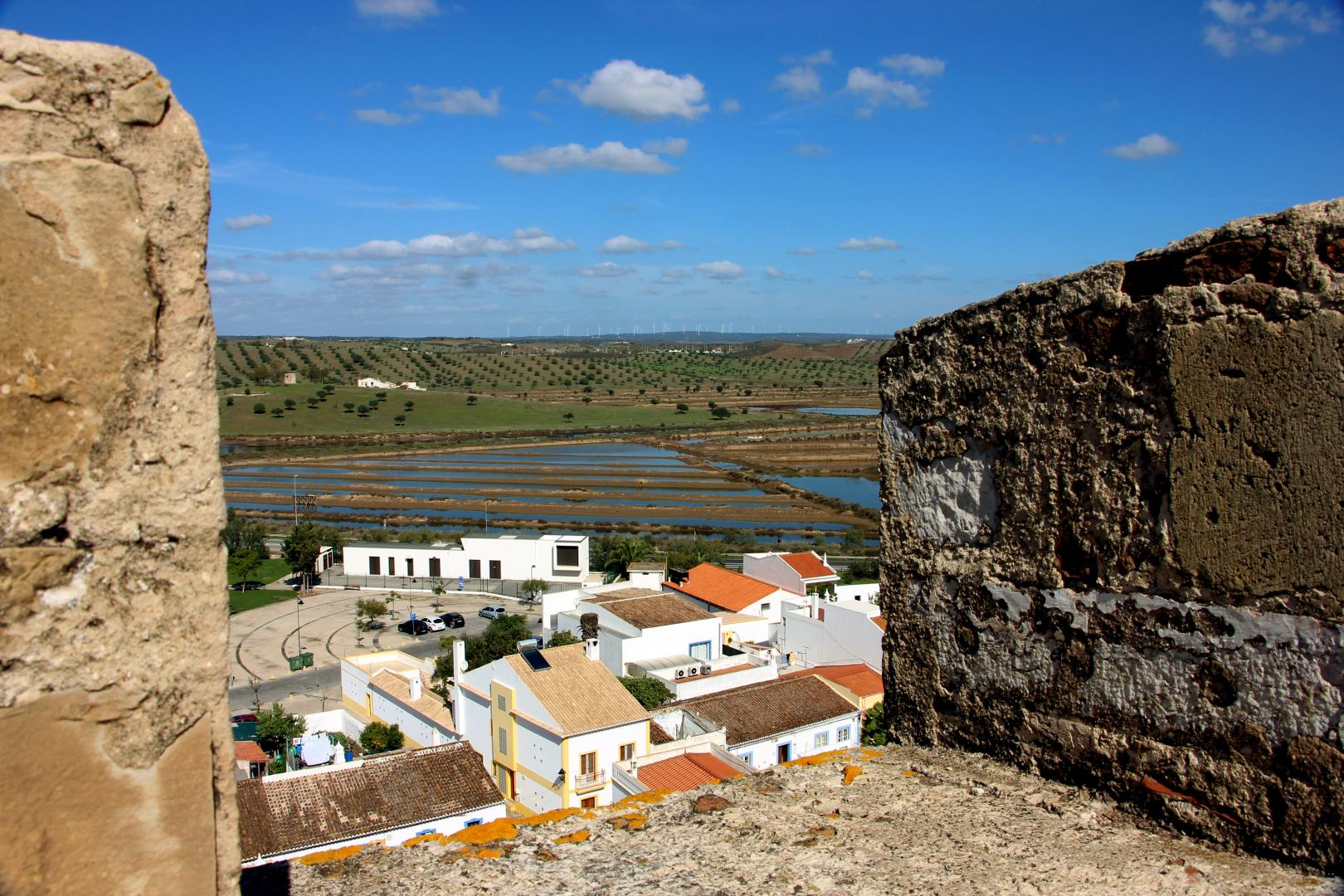
In the Algarve countryside, you will find this frontier village set in a varied landscape where the sea, the Guadiana River and the vast mountain ranges dominate! When you climb into the castle of Castro Marim you will be able to contemplate all this natural beauty at a glance! But a walk through the village will allow you to get to know a little of the simple architecture of the Algarve, whitewashed and punctuated with strong blues and bright yellows. A visit to the salt pans is a must: here, traditional Sea Salt is collected by hand, using ancestral techniques that have been maintained over time. Are you a nature lover? Don't miss a tour on the Ria Formosa, for its biodiversity and natural beauty, considered the most important wetland in the south of the country.
Vila Viçosa
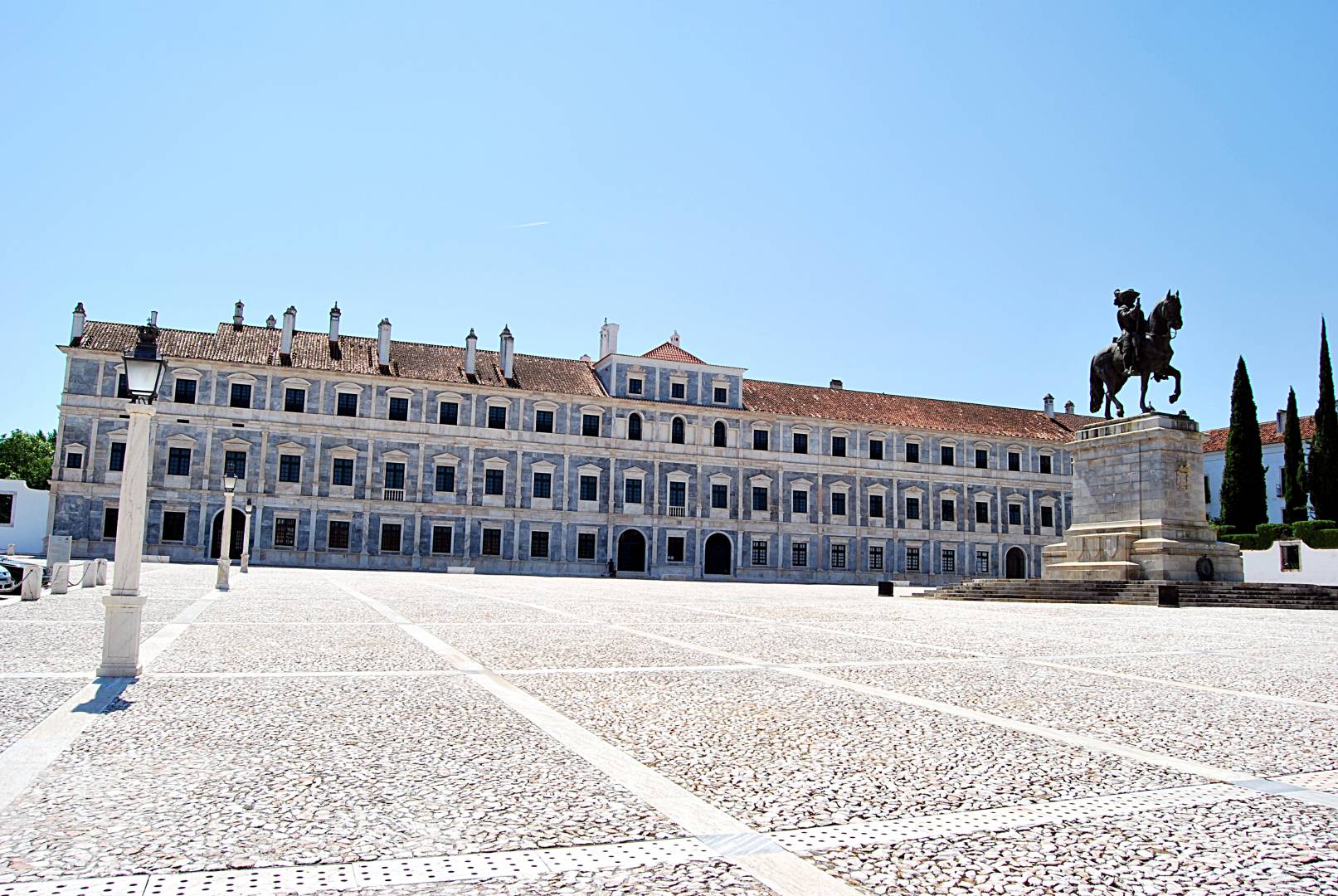
It is known as “the princess of Alentejo” and is a kind of museum village, despite its small size, which makes it one of the most charming villages close to the border. Its name is born due to the fertility of the soil and the charm of its territory, and it is internationally known for the abundance of marble, extracted and exploited from more than 150 quarries. Visit the Ducal Palace of Vila Viçosa, and be amazed by this Mannerist-style building, with a facade over 100 meters long, completely covered in local marble. Its 50 rooms – open to the public – will prove to be a true history lesson.
Recommended
